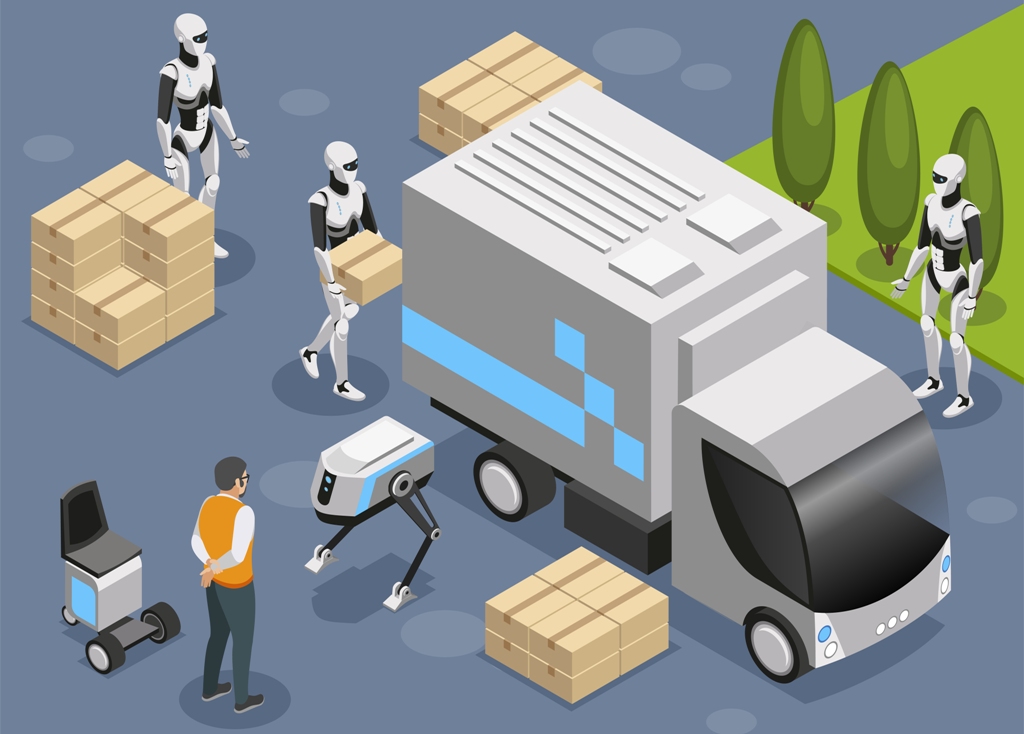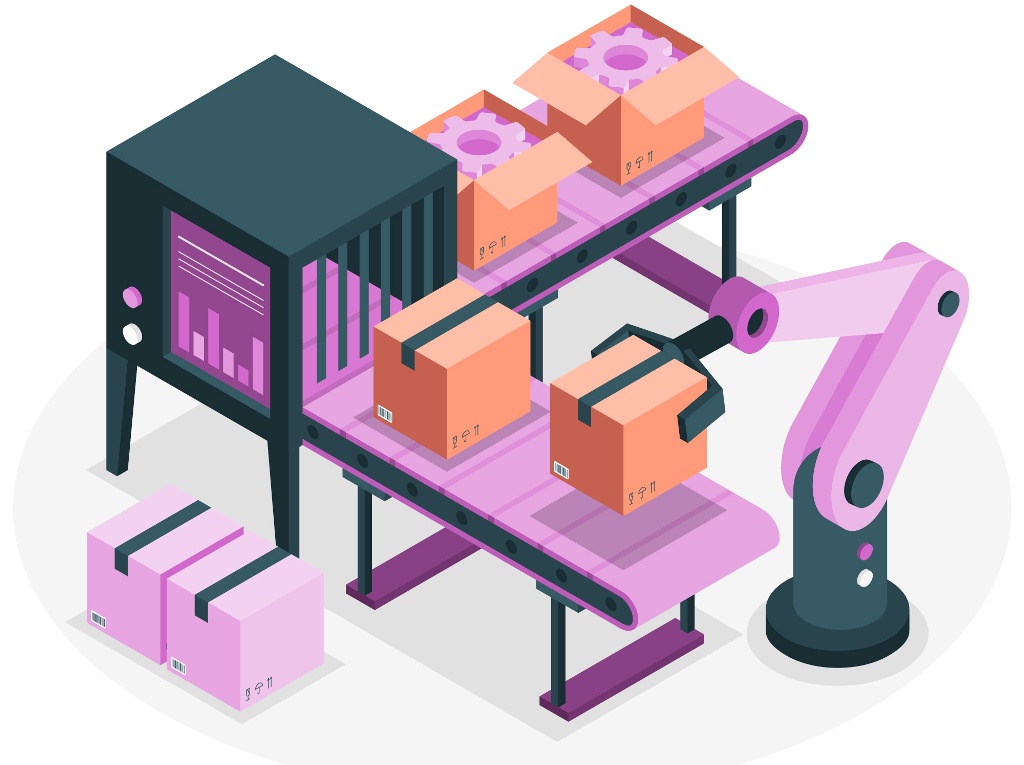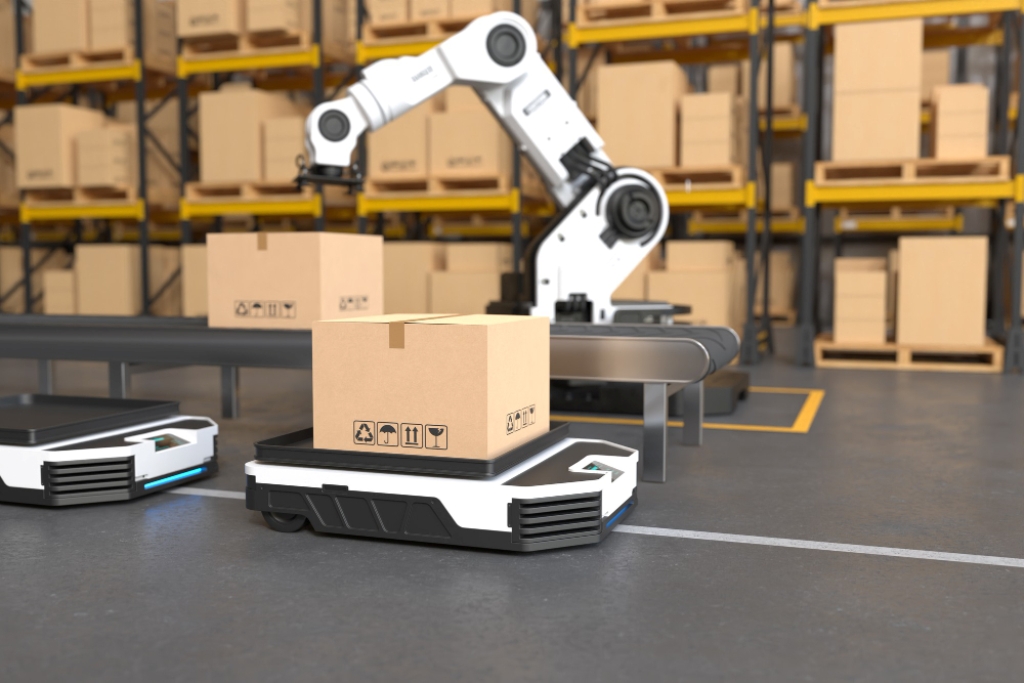In today’s fast-paced logistics and supply chain industry, self-driving robots for warehouses are transforming the way businesses manage inventory, fulfillment, and operations. From large distribution centers to warehouse automation robots for small businesses, robotic technology is driving efficiency, reducing costs, and enhancing productivity.
The Rise of Self-Driving Warehouse Robots
Warehouse automation has evolved significantly with the advent of industrial robots and autonomous mobile robots for logistics.
These robots use AI-powered navigation, sensors, and machine learning to move goods, optimize storage, and streamline order fulfillment.
Companies are increasingly integrating self-driving robots to reduce reliance on manual labor and enhance operational efficiency.

Benefits of Self-Driving Robots in Warehouses
1. Increased Efficiency & Speed
Self-driving robots operate 24/7, significantly reducing the time required for material handling and order fulfillment. They navigate seamlessly through warehouses, avoiding obstacles and optimizing routes for faster deliveries.
2. Cost Reduction
Automating warehouse operations helps businesses cut down on labor costs and minimize human errors, leading to cost savings in the long run.
3. Improved Accuracy & Inventory Management
These robots use AI-driven tracking and scanning systems to ensure precise inventory management, reducing discrepancies and stockouts.
4. Enhanced Safety & Workplace Productivity
Self-driving robots eliminate the risk of workplace injuries caused by manual material handling, ensuring a safer work environment for employees.
Key Applications of Self-Driving Robots in Warehouses
1. Order Picking & Sorting
Autonomous robots streamline the order-picking process, reducing errors and improving fulfillment speed. They efficiently sort and transport goods to packing stations, ensuring seamless operations.
2. Automated Inventory Control
Self-driving robots track inventory levels in real time, alerting warehouse managers about stock shortages or overstock situations. This leads to better stock optimization and demand forecasting.
3. Goods Transportation & Material Handling
Autonomous mobile robots (AMRs) transport heavy goods across the warehouse floor, reducing manual effort and improving logistics efficiency.

6. Last-Mile Delivery Assistance
Some warehouse automation robots assist with last-mile delivery operations by pre-sorting and organizing shipments, ensuring faster dispatching.
Why Small Businesses Should Adopt Warehouse Automation Robots?
For small businesses, investing in warehouse automation robots can lead to significant benefits. These robots enhance scalability, optimize space, and improve operational efficiency without requiring large-scale infrastructure changes. With affordable robotic solutions available, even small businesses can compete with industry giants by automating their warehousing processes.
Future of Self-Driving Robots in Warehousing
The future of warehouse automation is driven by advancements in AI, machine learning, and IoT integration. The adoption of self-driving robots for warehouses will continue to rise, making supply chain operations more agile and cost-effective. Businesses that embrace robotic automation now will gain a competitive edge in the ever-evolving logistics landscape.
How Start Smart® Helps Businesses?
Start Smart® provides cutting-edge IoT-enabled tracking solutions tailored to meet the specific needs of businesses. Whether it’s indoor asset tracking, real-time location tracking of employees, or inventory management systems with RFID tracking, our solutions ensure enhanced efficiency and security.
Our team of experts helps businesses implement the latest tracking technology, offering seamless integration, data-driven insights, and real-time monitoring to streamline operations and maximize productivity.
Conclusion:
As technology progresses, self-driving robots for warehouses are becoming essential for modern warehouse management. Whether it’s industrial robots, warehouse automation robots for small businesses, or autonomous mobile robots for logistics, investing in automation leads to increased productivity, cost savings, and operational efficiency.
If you’re looking to optimize your warehouse operations, now is the perfect time to explore self-driving robotics solutions.

